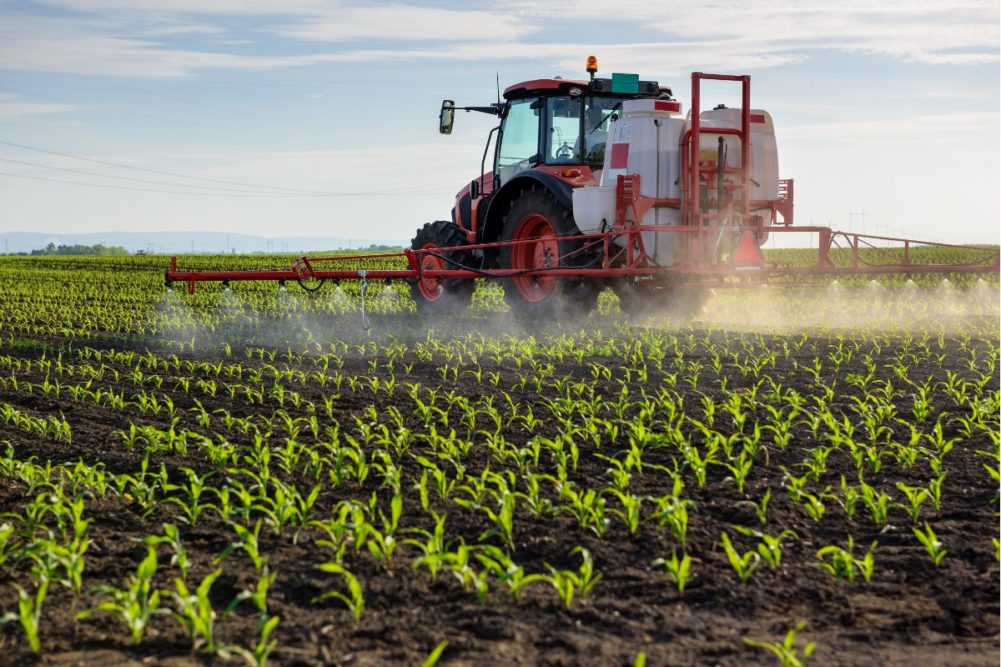DECATUR, ILLINOIS, US — After facing near record high input prices following Russia’s 2022 invasion of Ukraine, farmers’ prospects for next year are improving, said Sam Taylor, farm inputs analyst with Rabobank.
“My hope is that farmers get their good harvest, they start to look at the cost structure and they breathe a sigh of relief as to where it was on a year-ago basis,” Taylor told World Grain during the Farm Progress Show in Decatur, Illinois, US. “I’m not sure where some of the sentiment indexes are pointing farmer optimism at the moment, but I think there is margin out there for the next year.”
Wholesale prices are down 50% to 60% on some fertilizers, 70% to 80% on some of the chemistries and soybeans are expected to be flat, while corn may be up 5%, he said.
“That’s not too bad,” he said. “But farmers haven’t got an eye on that at the moment. They’re just looking at what’s in the field.”

Sam Taylor
| Credit ©MELANIE BERNDSExaggerated pricing started immediately after Russia’s invasion as concerns grew about availability of inputs such as nitrogen, potash and phosphate products.
“Brazil had to be very aggressive in bidding up particular things like potash,” Taylor said. “It emerged that there was actually more volume coming out of Russia, so you saw this kind of mean reversion in pricing.
“You’ve seen fear subside, greater supply and availability on the potash side.”
Still, it’s not possible to get around the fact that Russia and Belarus produce 40% of global potash.
“So, while you’ve got clouds overhanging it, you’ve got this kind of risk,” Taylor said. “Russia is a very important producer of nitrogen and phosphate products, so they’ve a vested interest in being able to export these products. Excluding some countervailing duties and logistical issues on ammonia, they’re still basically able to ship product into the global market.”
The high cost of inputs created an incentive for farmers to look at complementary and substitute products, Taylor said. Historically in a high-cost environment farmers have reduced potash as well as phosphates. They’ve also relied on more soil testing and precession application.
“We’ll have an increased amount of data as to whether those have worked and whether farmers use them on a go forward basis,” he said.
In a similar price environment in 2008, farmers cut back double digit on those products and did not see an impact on their productivity.
But when prices did come back down a bit, they did revert to previous practices, Taylor said.
“Volume forecasts were down globally last year, up again this year and up again in volume next year,” he said. “Farmers will say, ‘This is an affordable kind of environment and I need to get back to my normal agronomic practice.’”
One challenge facing producers is the number of weather issues, Taylor said.
“I think that is going to necessitate farmers to look at some products which are not necessarily widely used,” he said. “There’s a variety of products across the synthetic to biological spectrum which can help a lot with some of these abiotic stresses. In that historically, farmers will have seen product that over promises and under delivers. Discerning between those products is going to be key as well.”






